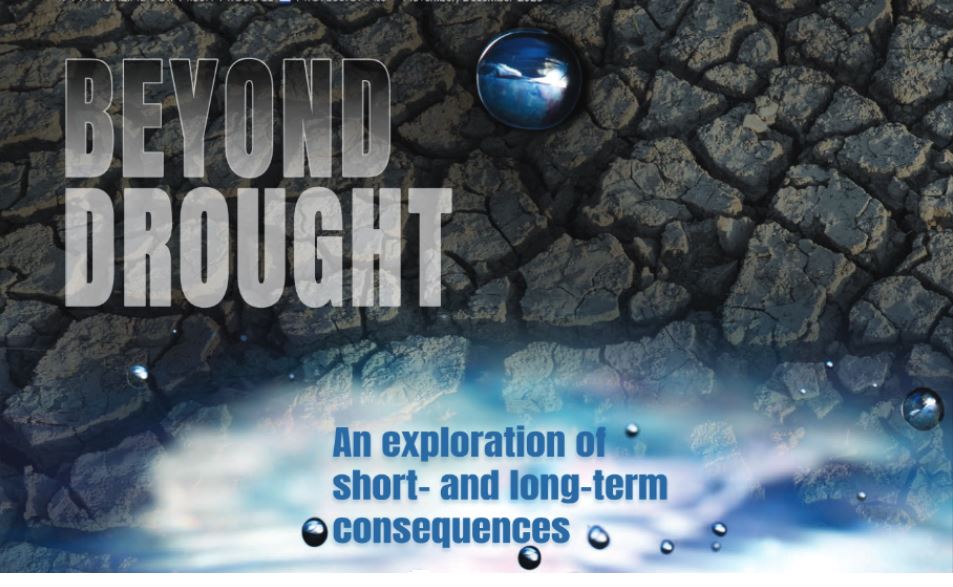Outsiders sometimes think that California’s Salinas Valley—which touts itself, with some justice, as the nation’s salad bowl—is part of the Central Valley, but that’s not the case.
They are two different valleys, separated by the California Coast Range. The center of the Salinas Valley, near the central coast of the state, is the Salinas River.
The Salinas Valley was also hit by the winter deluge of 2022-23, affecting 20,000 acres—about 10 percent of the region’s total, according to Christopher Valadez, president of Salinas-based Grower-Shipper Association of Central California BB #:162651.
“The excessive rain and flooding from mid-December 2022 through early April 2023 generated an estimated $600 million in damages, losses, and future impacts to the Monterey County agricultural community,” says Mark Shaw, vice president of operations for Markon Cooperative, Inc. BB #:123315 in Salinas.
Broccoli, Brussels sprouts, cauliflower, leafy greens, and strawberries were the principal crops affected by both flooding and lower than normal temperatures, notes Shaw.
The Salinas Valley differs from the Central Valley in one key respect: virtually all of its agricultural water comes from groundwater, supplied by the Salinas River, which in turn is fed by the Nacimiento and San Antonio reservoirs.
“During the last three years,” Shaw says, “Salinas’ aquifer has been shrinking due to farmers and urban areas continuing to pump water, but the aquifer is vast and has been a saving grace for the farming and urban communities. The valley’s aquifer was able to sustain agriculture and urban demand use due to wells, for the most part, not running dry.”
Nevertheless, he adds, “The drought has taken its toll on the aquifer, as Monterey County has been overdrafting it, with a limited recharge due to below-average rainfall over the past three years.”
The worst decline was in a 400-foot aquifer, as noted by the regional Water Services Agency in Monterey County Weekly. Shaw says that according to some sources, it would take three wet years to recharge the aquifers.
The Salinas Valley also faces saltwater intrusion from the nearby Pacific—an increasing difficulty, as the county Water Resources Agency reported further intrusion in 2022. Hydrologist Tamara Voss says there is no way of reversing the problem; it can only be kept from getting worse.
This is an excerpt from the cover story in the November/December 2023 issue of Produce Blueprints Magazine. Click here to read the whole issue.



